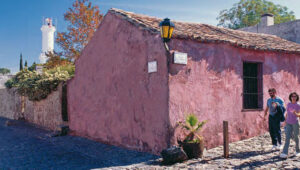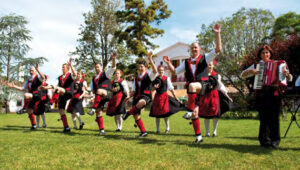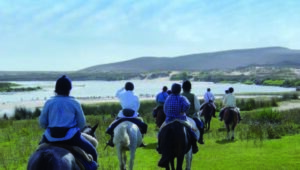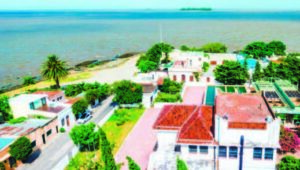The official name of Uruguay is “Oriental Republic of Uruguay” and it is located in the Southern Cone of South America. The country limits to the north and northeast with Brazil, Argentina to the west, the River Plate and Atlantic Ocean towards the south and southeast . Uruguay has 175.214 sq.kms. extension and population of 3.300.000 inhabitants. 97% of the population is literate. Climate is template maritime type without extreme temperatures between 0 degrees Celsius in the winter (June to August) and 35 degrees Celsius in the summer (December to February). Spring and Autumn are the nicest months of the year with temperatures ranging between 15 and 25 degrees Celsius. The Uruguayan economy is based in agriculture and livestock and it is surrounded by the neighboring agricultural countries Brazil, Argentina, Paraguay and Chile in the region.
Uruguay has a cosmopolitan society as a result of sucessive European immigrations. The country enjoys an open society with democratic government elected by free elections every five years and promotes the tolerance of all religions and political ideas as well as no discrimination policies.
How to get to Uruguay?
Most international airlines fly to Montevideo Carrasco Airport (MVD) and some regional airlines arrive in Punta del Este local airport. Montevideo airport is 120 km from Punta del Este, one hour by bus or car from the airport. Direct flights arrive daily from Europe, the United States and the Caribbean region, Iberia, Air Europa, American airlines, LATAM, COPA, AZUL, AVIANCA and others as well with connections through Sao Paulo, Santiago or Buenos Aires airports.
Direct daily ferry connections are from Buenos Aires to Montevideo port or from Buenos Aires to Colonia connecting by bus to Montevideo and then to Punta del Este.





About Uruguay
Other places to visit
Montevideo
Is the capital city of Uruguay, founded in 1724 by the Spaniards. A cosmopolitan city with beautiful European architecture and 1.500.000 inhabitants. Half of the total population of Uruguay lives in Montevideo city. The city is located on the River Plate coast, surrounding a natural bay and port, entrance of goods to the whole country and the region. Montevideo lies on the coast alongside 30 km of beautiful golden sandy beaches. It is centrally located in the region, only 1 hour from Buenos Aires by plane, 2 hours from Sao Paulo, Santiago and Asunción.
Find more information here: https://turismo.gub.uy/index.php/lugares-para-ir/region-metropolitana/ciudades/montevideo
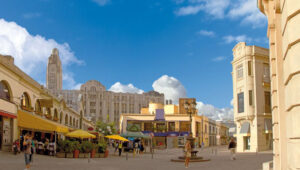
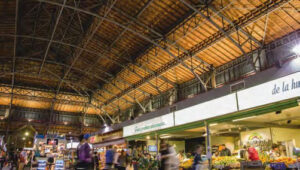

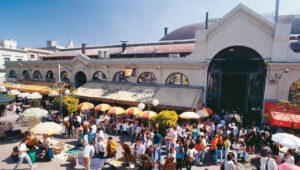
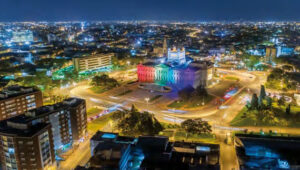
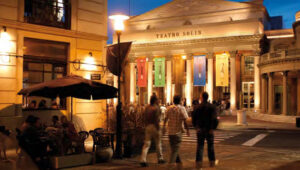
Colonia
Colonia: UNESCO World Heritage since 1995
– Colonia del Sacramento is a city in southwestern Uruguay, on the coast across the Río de La Plata from Buenos Aires. It’s known for its cobblestoned historic quarter, lined with buildings from its time as a Portuguese settlement founded in 1630 and then taken by the Spaniards. Portuguese and Spanish architectures from the time of the Colonies melt in the historic old city. Set above the historic district is the 19th-century Colonia del Sacramento Lighthouse, offering sweeping river views. Nearby lies the Portón de Campo, remnants from the old city walls.
Find more information here: https://turismo.gub.uy/index.php/en/places-to-go/south-coast/cities/colonia-del-sacramento
